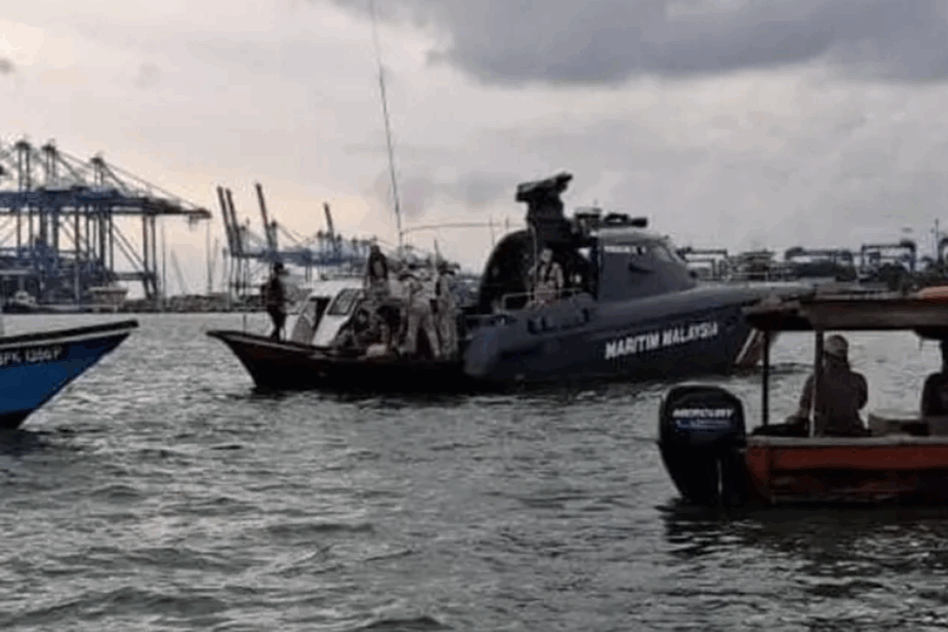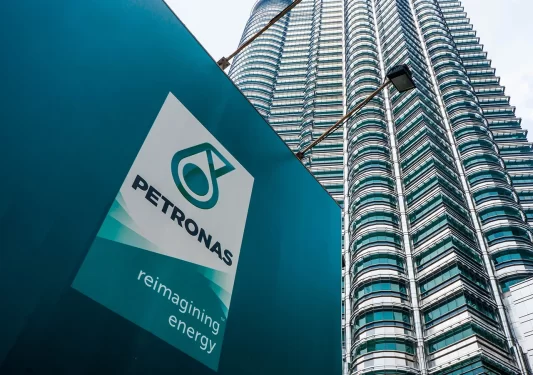THE advancement of digital technology has enabled videos to offer tremendous benefits in complex situations through video content analytics as an ideal tool for every industry and in our daily lives.
Video content analysis is the capability of automatically analysing a video to detect and determine temporal and spatial events via a computer programme known as computer vision system.
Following the rapid technological development and growing complexities of socio-economic environment the world over, it has greatly impacted industries and peoples’ everyday lifestyle.
The applications of video analytics as an important tool is fast gaining recognition for engineering, industrial, commercial, health and medical, security, sporting activities and/or even private purposes.
The importance of video content applications of a vision-based approach lies in its ability to accurately determine the attributes of the captured images for detection, tracking, classification and behavioural understanding or counting over a period of time using a computer generated algorithm.
Its applications can be practically used in all sectors including private residences or homes; for security and surveillance purposes, such as in parameter surveillance, border control; retail industry for customer mapping in retails outlets; transportation to analyse traffic conditions and to understand the behaviour of vehicles.
For the manufacturing sector, its application can be used for the inspection of production lines to monitor the products moving through the conveyor belt to detect any defective items from the final production. As for industrial and workplace safety, it could be deployed to detect any incompliance of events automatically.
Meanwhile for the agriculture sector, it can be executed by using drone services to monitor the plantation, to detect or to count number of plants and also automatic spraying of pesticides.
The interesting digital advancement was shared by MIMOS Bhd’s head of Complex Event Analytics (Advanced Informatics Lab) Zulaikha Kadim following her recent webinar on Video Content Analysis: Traffic Analytics in Complex Scene which included the case study on the three traffic highway networks in Kuala Lumpur and Selangor.
Traffic volume count
Zulaikha gave an extensive insight into her team’s efforts in undertaking the survey, covering the methodology, traffic volume counting and classification, traffic architecture analytics and appropriate solutions and resulting accuracy of the digital algorithm.

The main purpose of undertaking a traffic analytics, she said, was to determine the traffic volume count and classification.
“The activity aims to collect the number, movement and classifications of vehicles at a given time period, for example, 15 minutes, an hour or even a day,” she told FocusM.
This information is particularly essential to the potential development of any traffic engineering works including design, operation and also maintenance services. It is used to calculate the level of service for any road grid in the road system.
This is essential to perform future planning; to design the traffic facility for the future; understanding current road usage and determining the future traffic trends.
The more popular system these days is the vision-based contactless traffic approach. Additionally, there is also infrared and radar sensor whereby it is either active or passive sensor not requiring it to be in contact with the vehicle.
However, the sensor of both the latter methods have limitations due to limited area of monitoring or a need to install multiple sensors to cover a multiple-lane road network.
For a vision-based approach, Zulaikha said poles or a building beside the road network is normally utilised to monitor the road.
“Vision-based traffic analysis offers a lot of advantages as against manual and contact-based systems,” she pointed out.
“Besides capturing the image, counting of vehicles can be done and also the obtaining of a variety of information. The camera can capture even the license plate, colour, models or vehicle direction which is not available on other techniques.”
Moreover, the system can also perform observation tasks, monitor all the lanes and all the vehicles accurately at the same time. The algorithm developed for vision-based traffic analysis can always be improved over time because the data is permanent.
MIMOS’ proven case study
To prove the effectiveness and validity of the vision-based traffic analysis, Zulaikha and her team conducted a survey that involved three highways in Selangor and Kuala Lumpur – New Pantai Expressway (NPE), Subang Jaya; Damansara-Puchong Expressway (LDP) and the Kuala Lumpur Middle Ring Road 2 (MRR2) in Batu Caves.
The study involved traffic volume count and classification; architecture of traffic analysis; detection; tracking; vehicle classification and understanding vehicle behaviour; and accuracy result.
Four cameras were used with two installed at the NPE highway while one each was installed at the LDP and MRR2 highway.
All four road networks were considered high traffic volume with each accounting more than 40,000 vehicles passing through the route on an annual average daily traffic (AADT) count which is the standard measurement for traffic.
A total of 39 clips were used for testing over a duration in excess of nine hours and involving 58,354 vehicles based on the nine-hour data.
This extract records the accuracy of counting and counting specification, resulting in an average counting accuracy of 97.53% and an 91.5% accuracy for the final average quantity classification. – Dec 25, 2020









